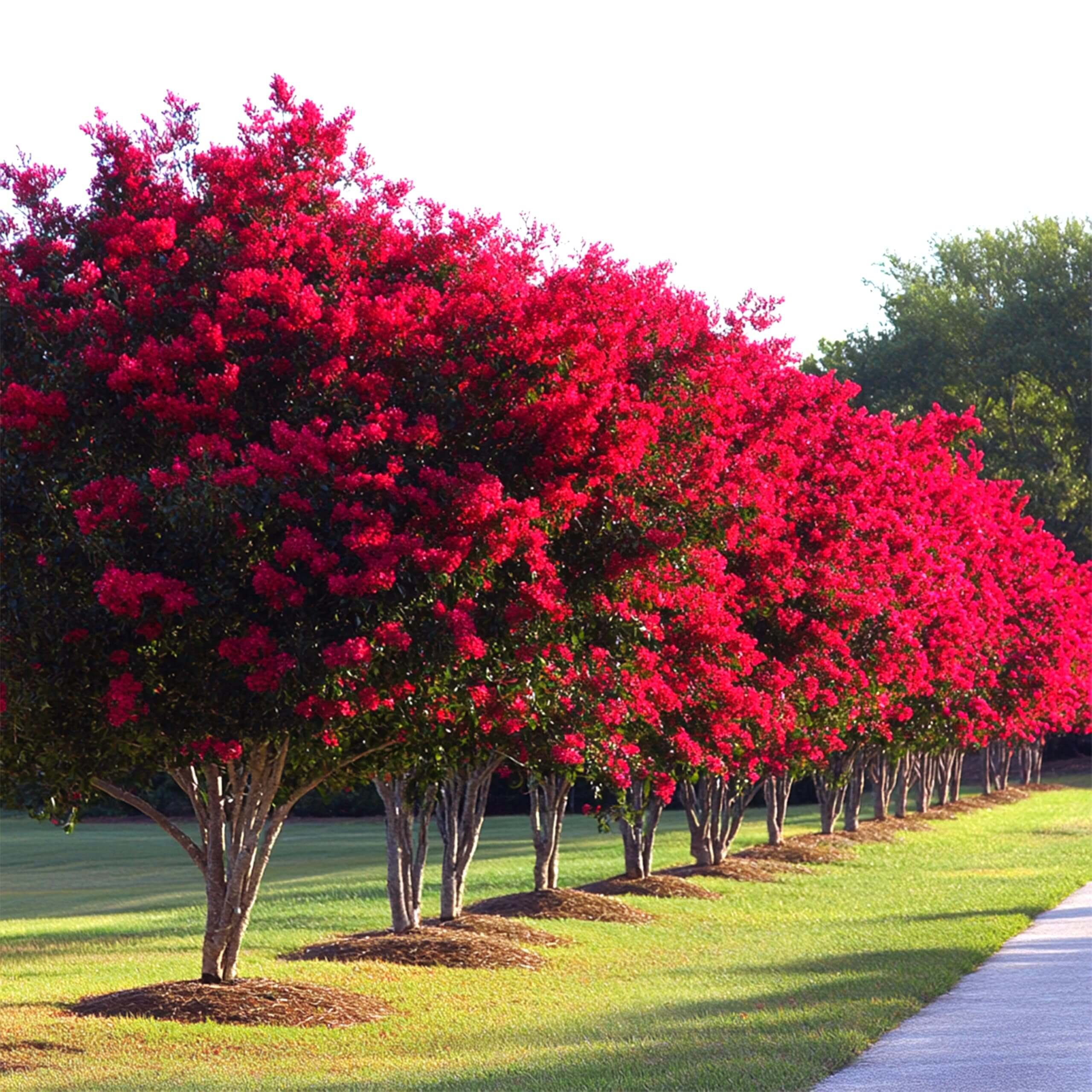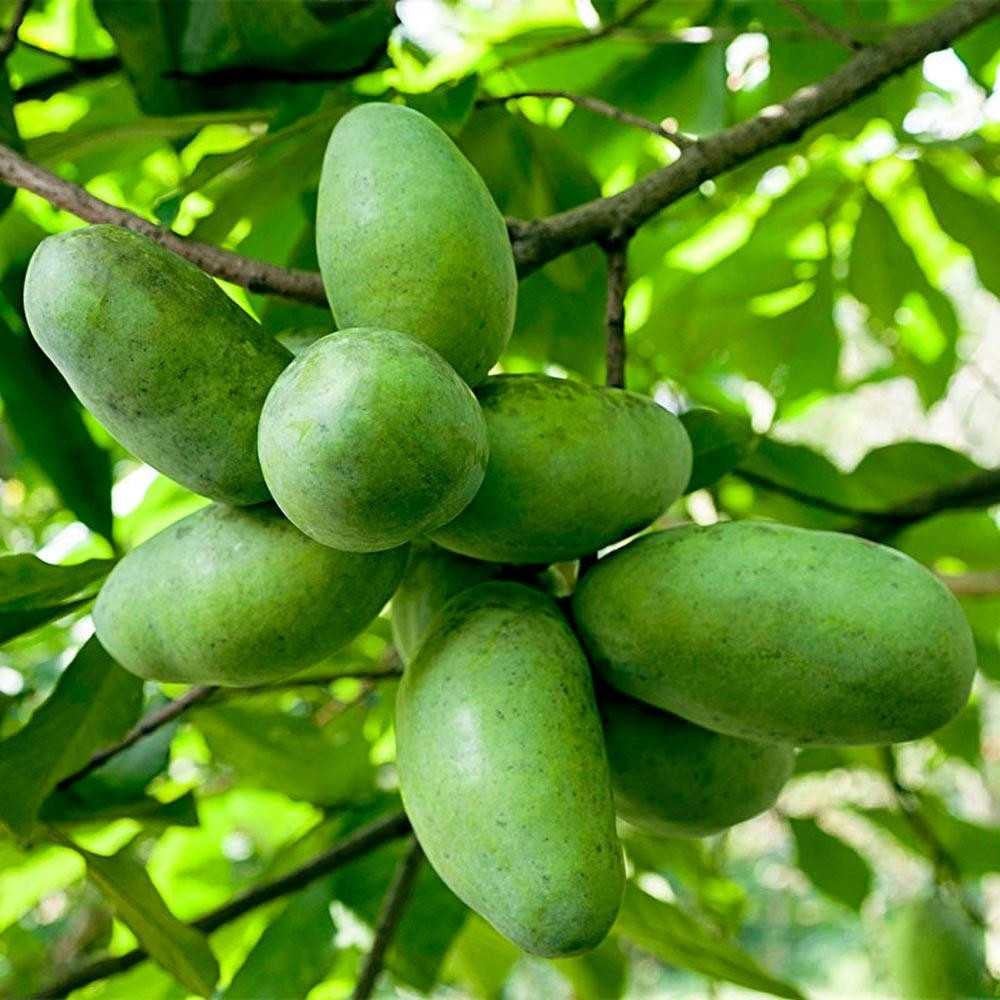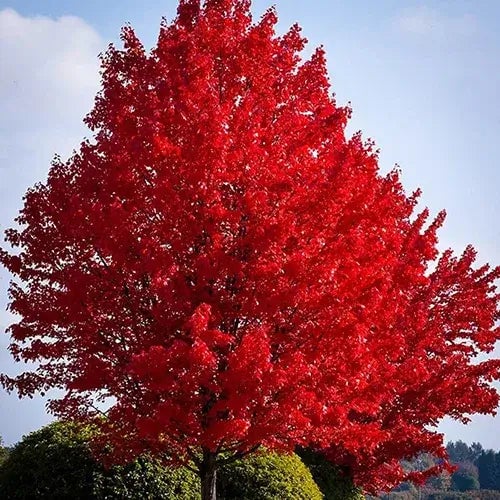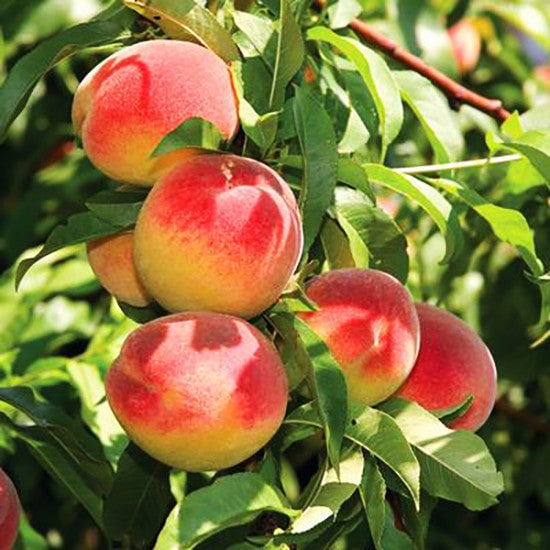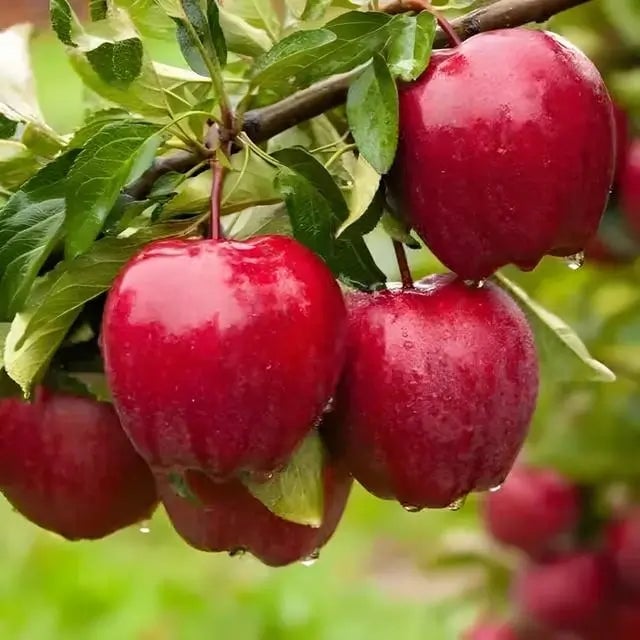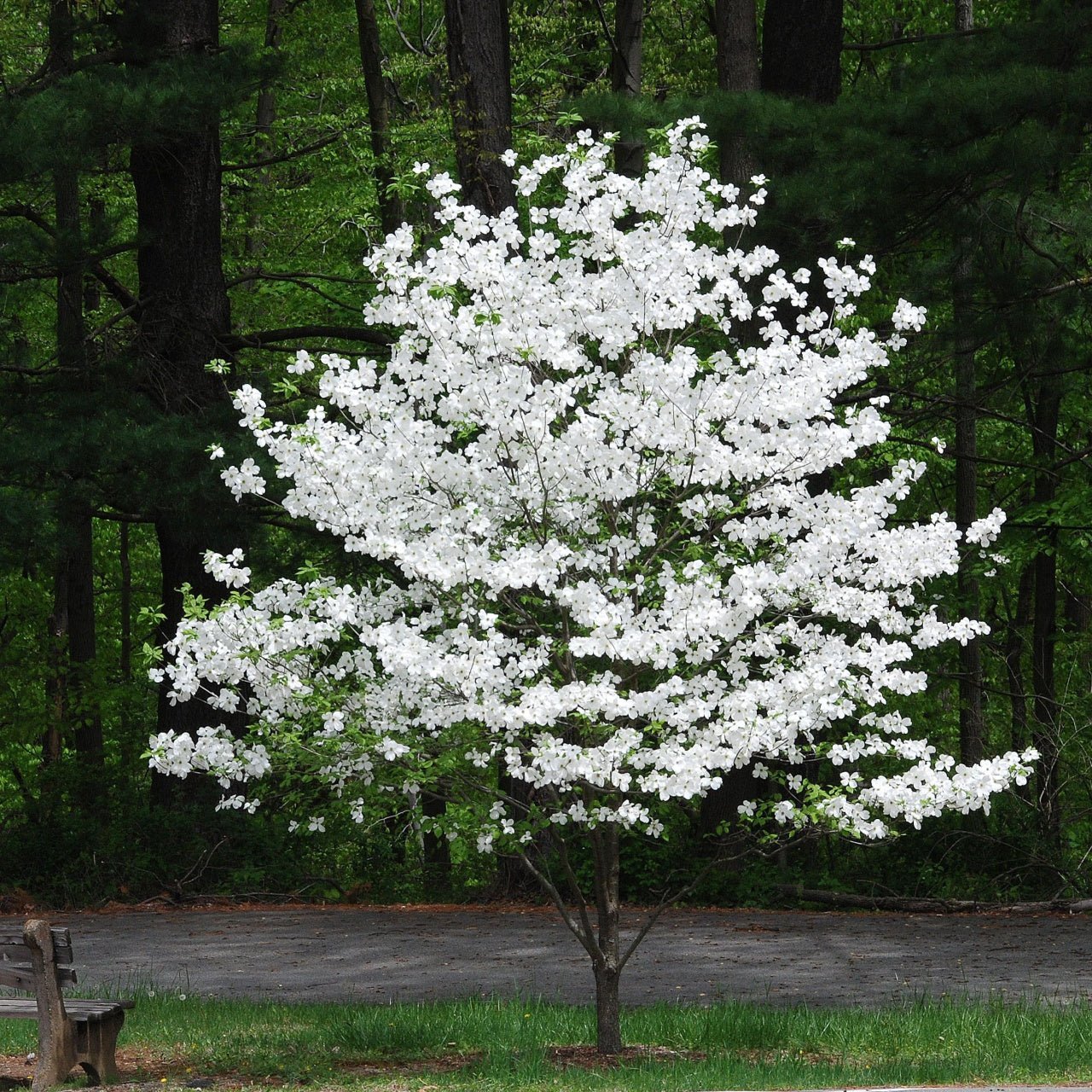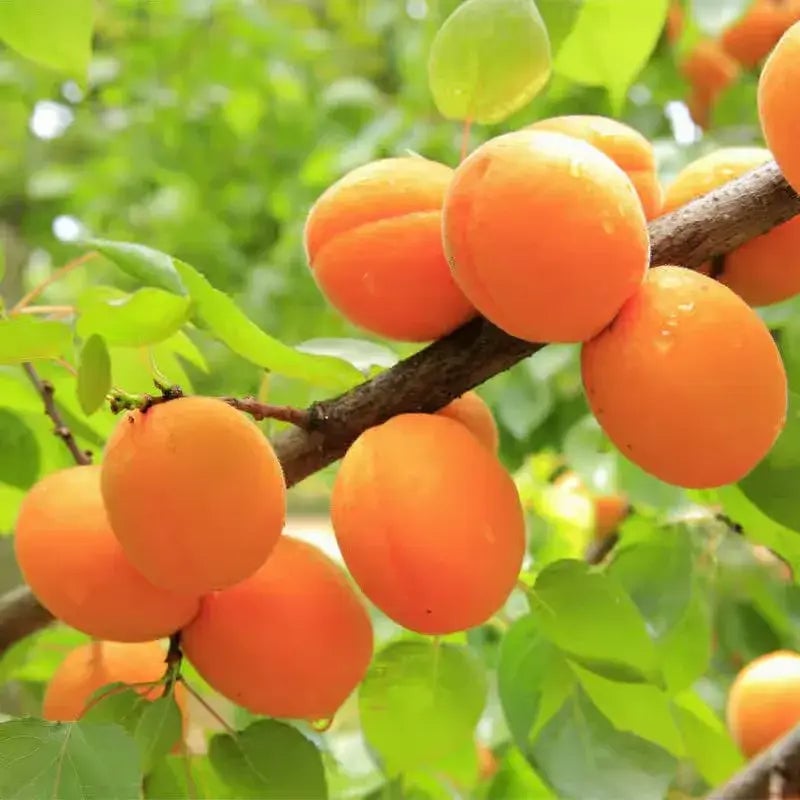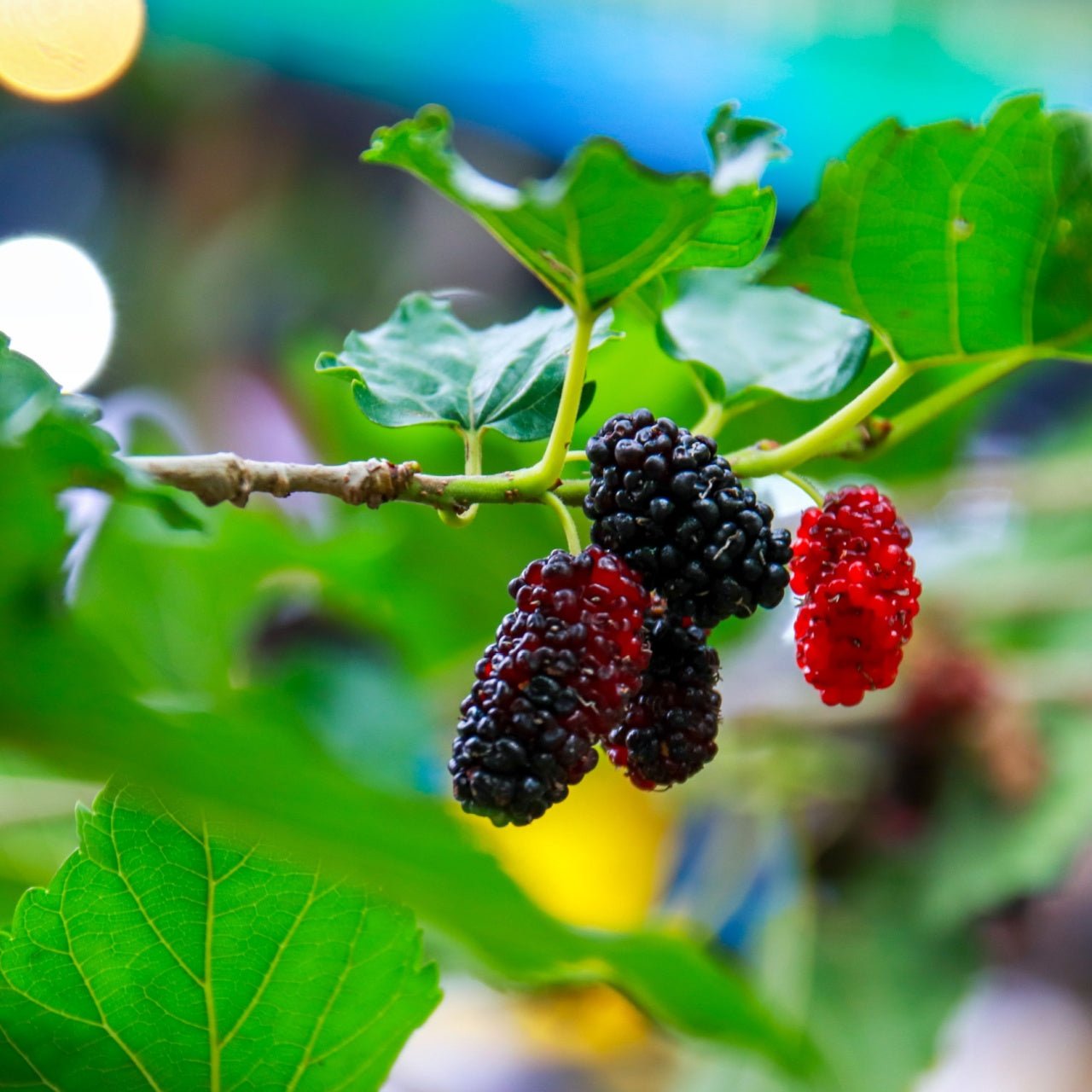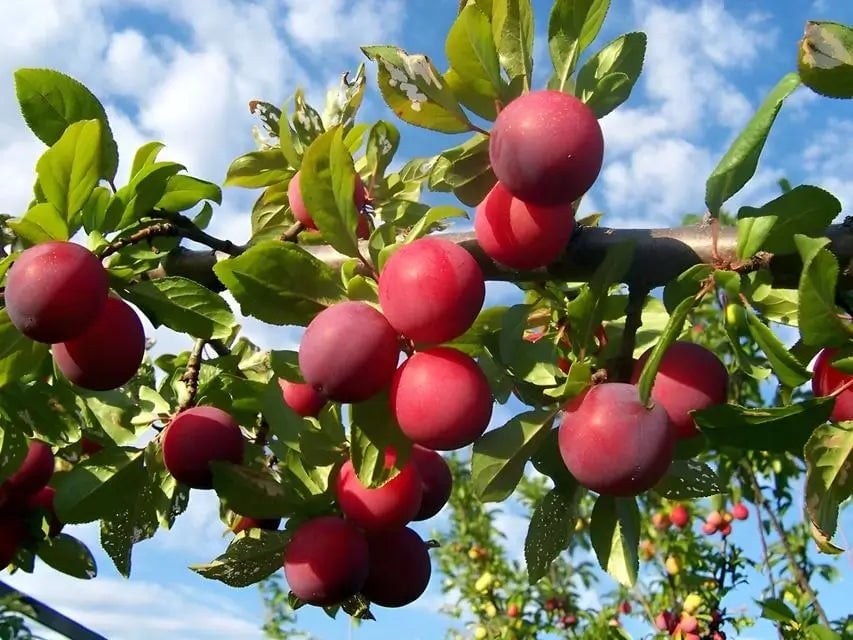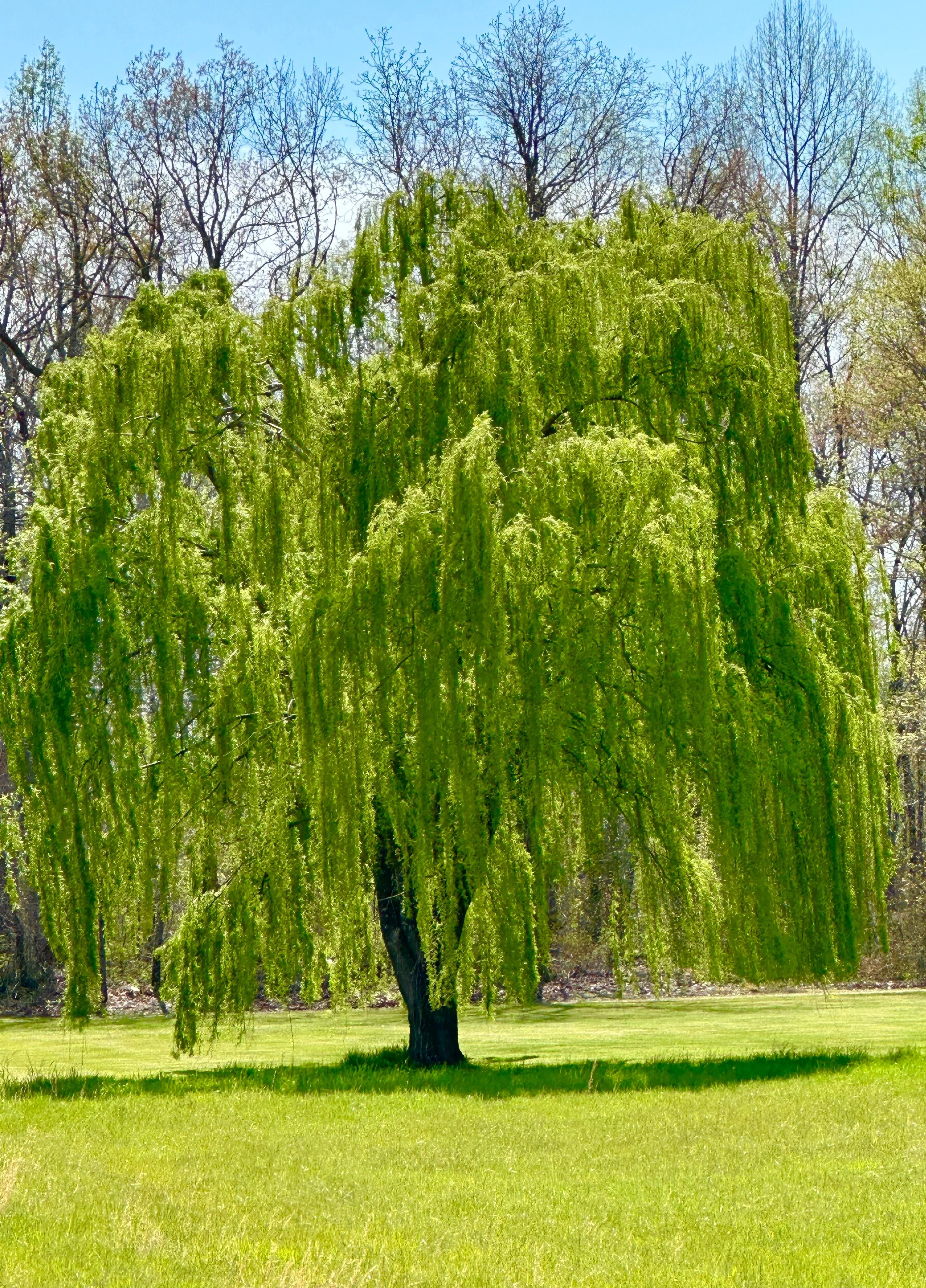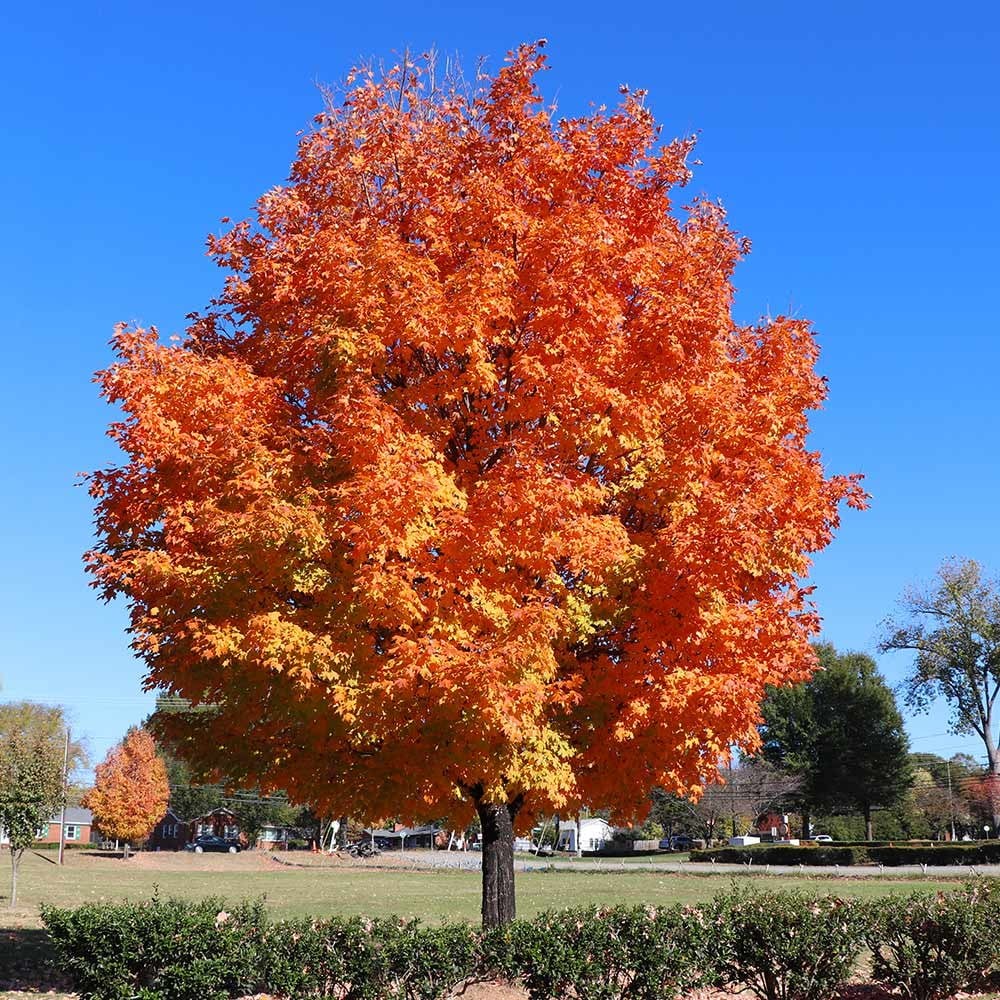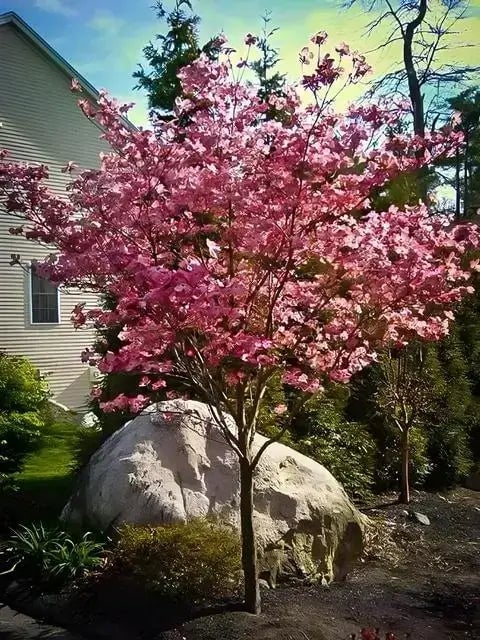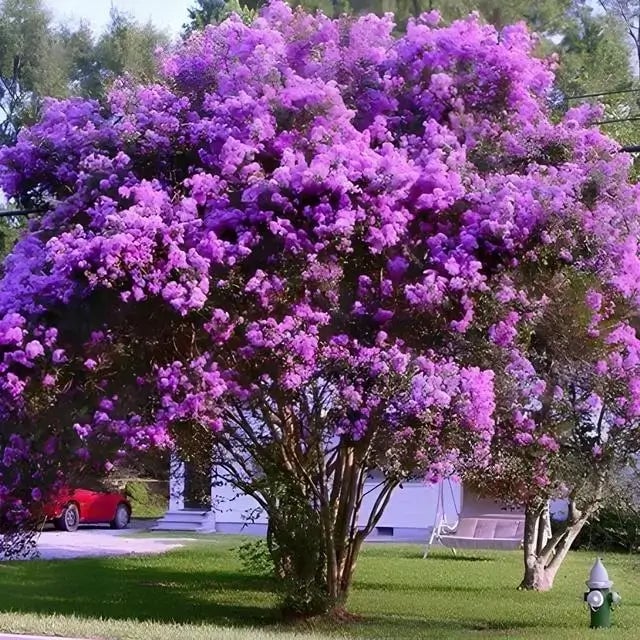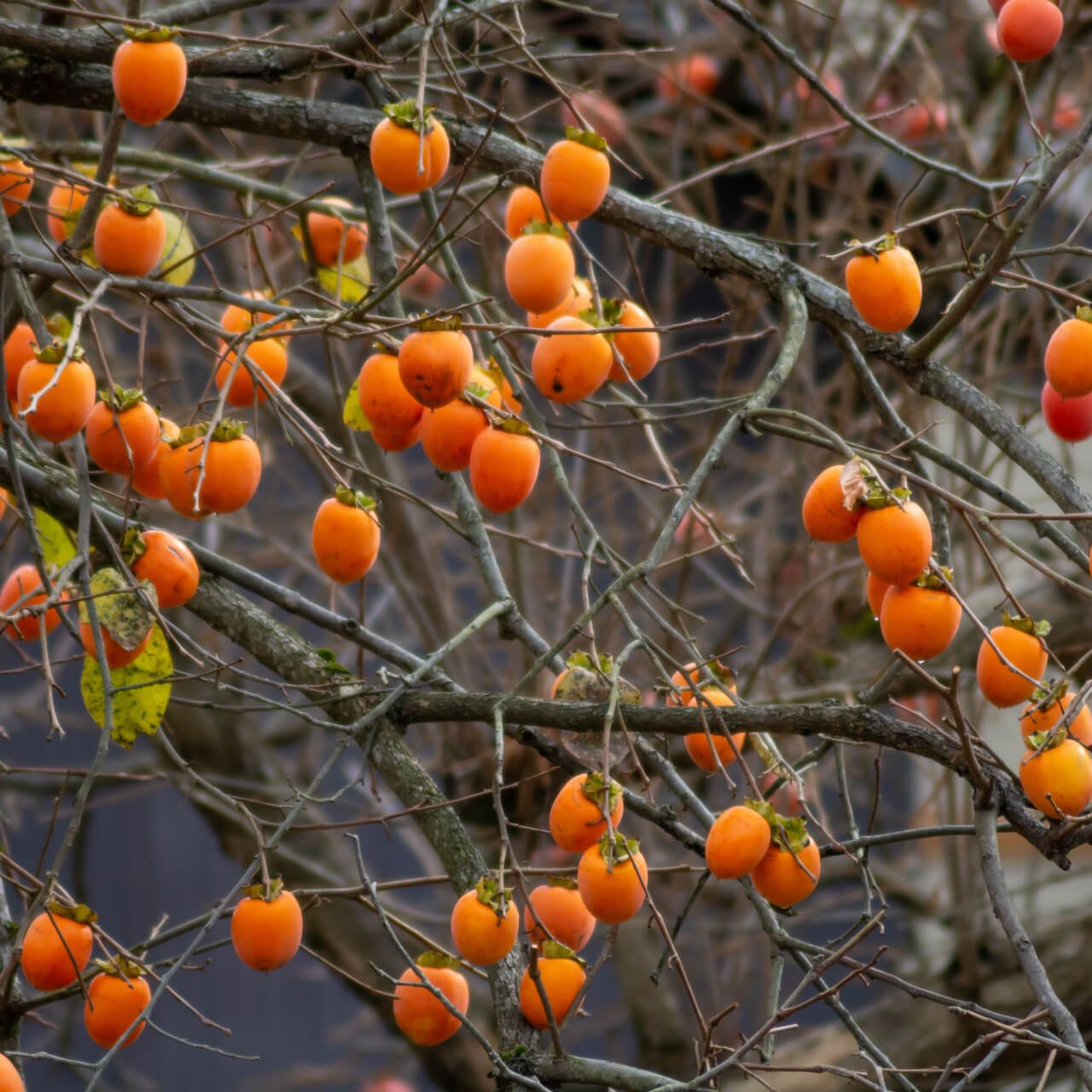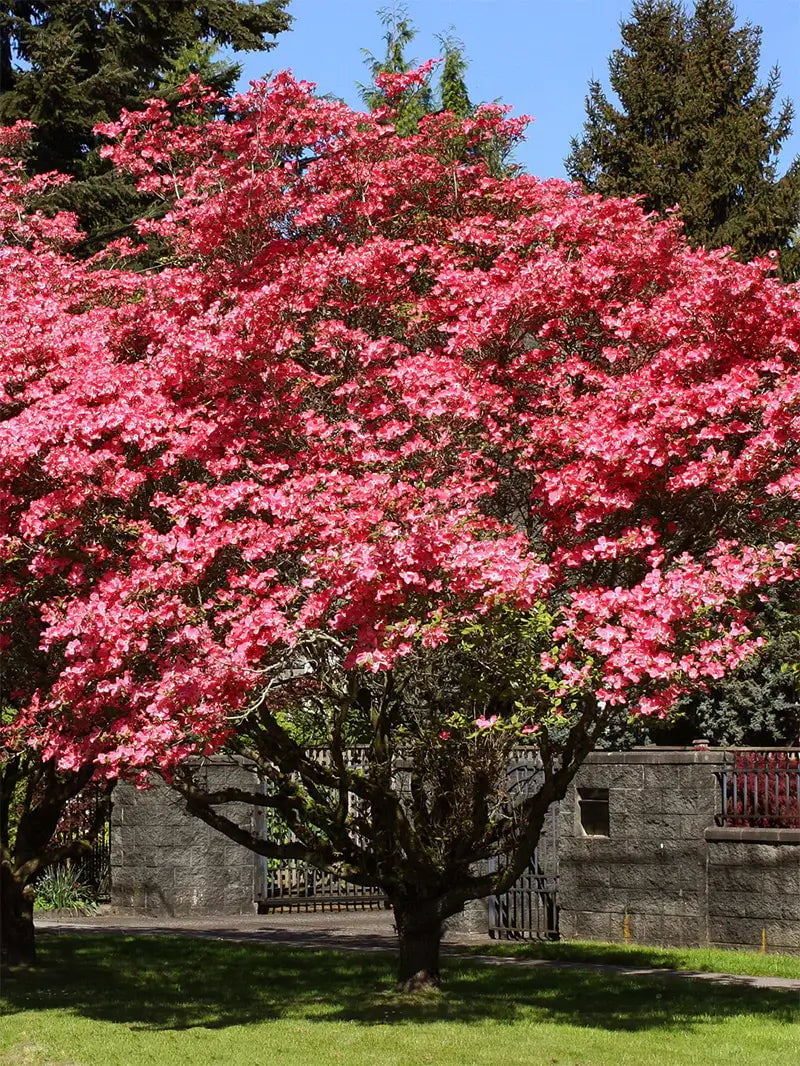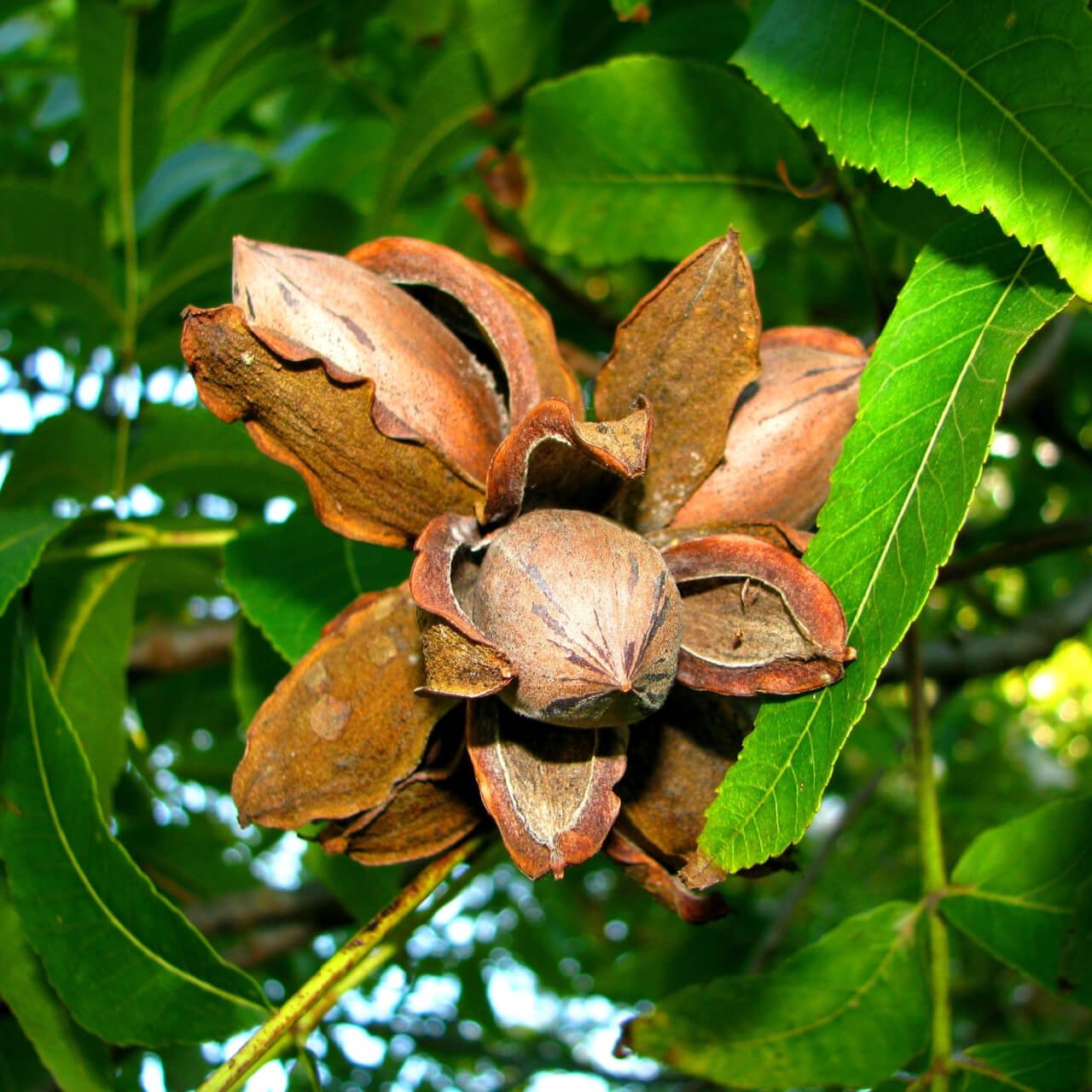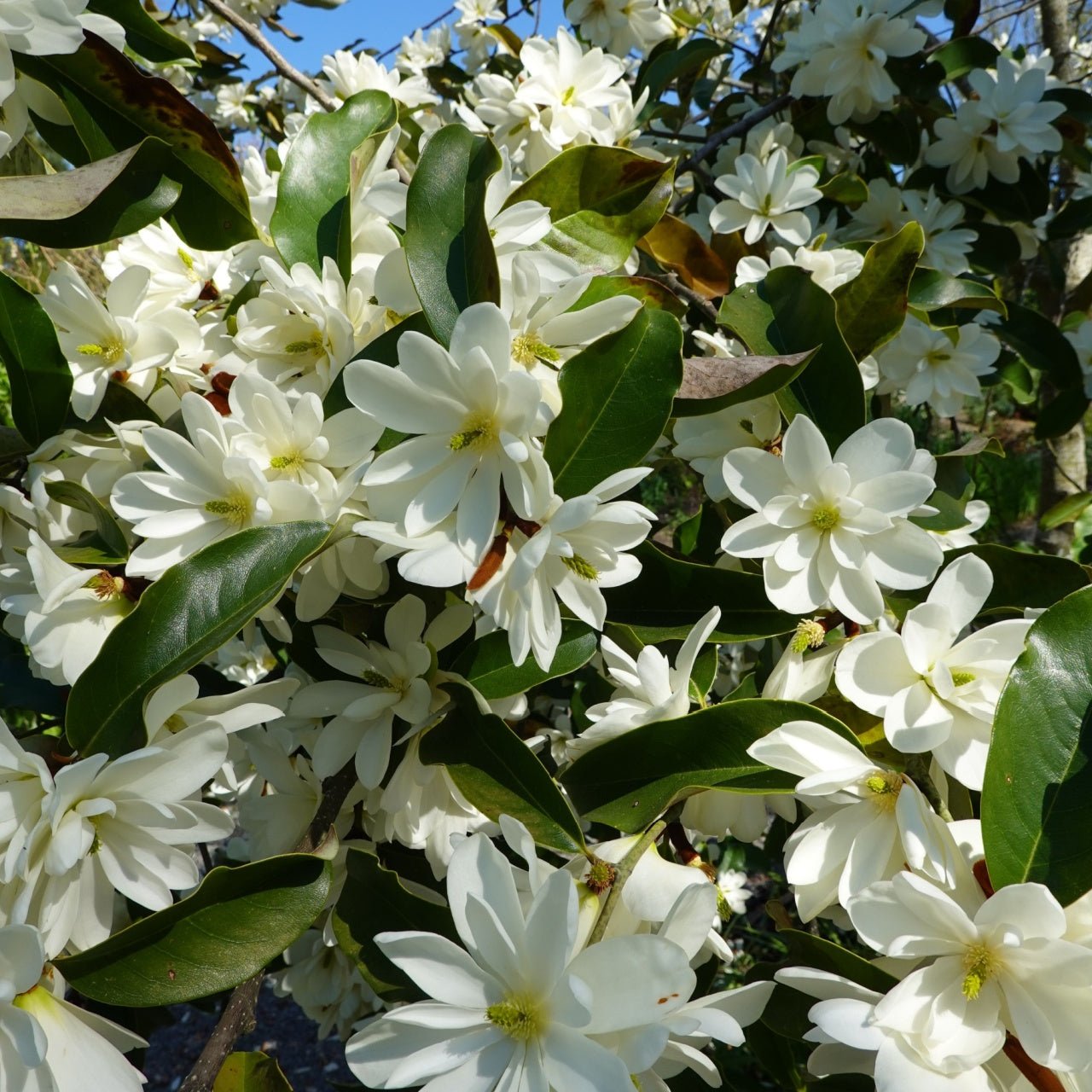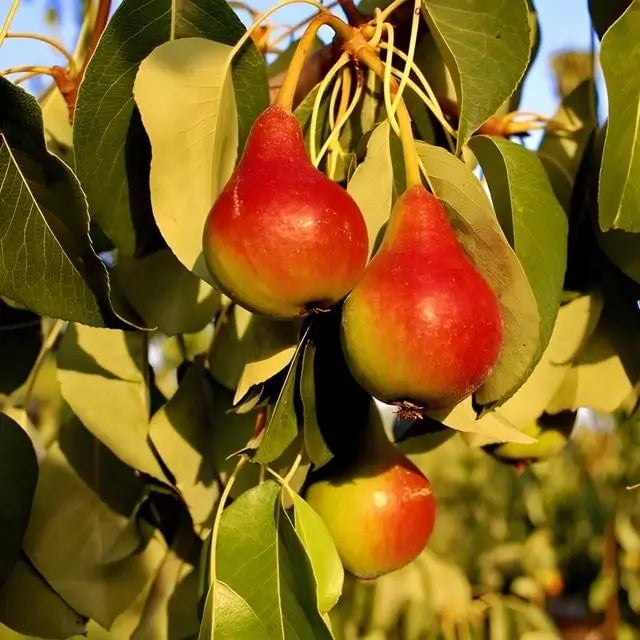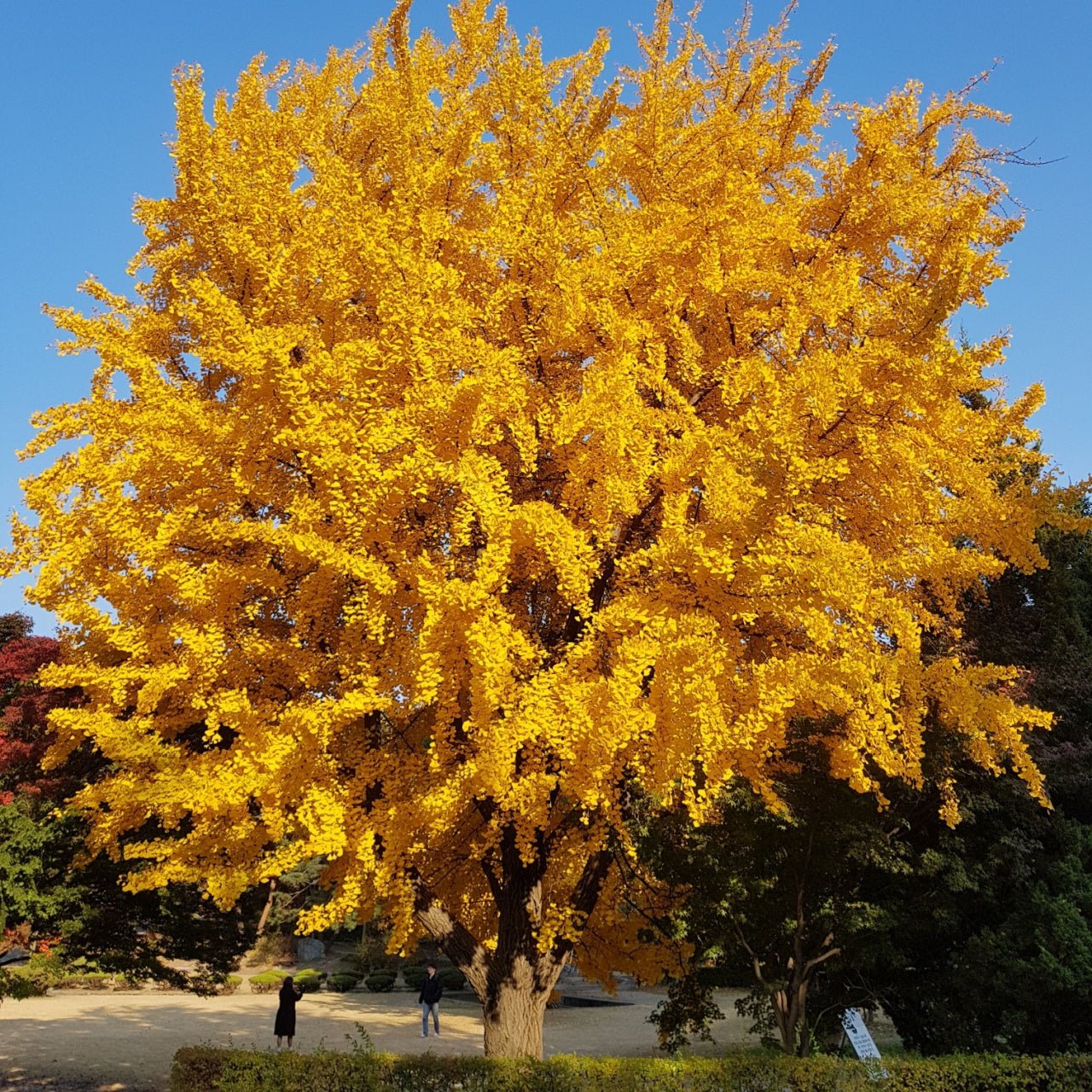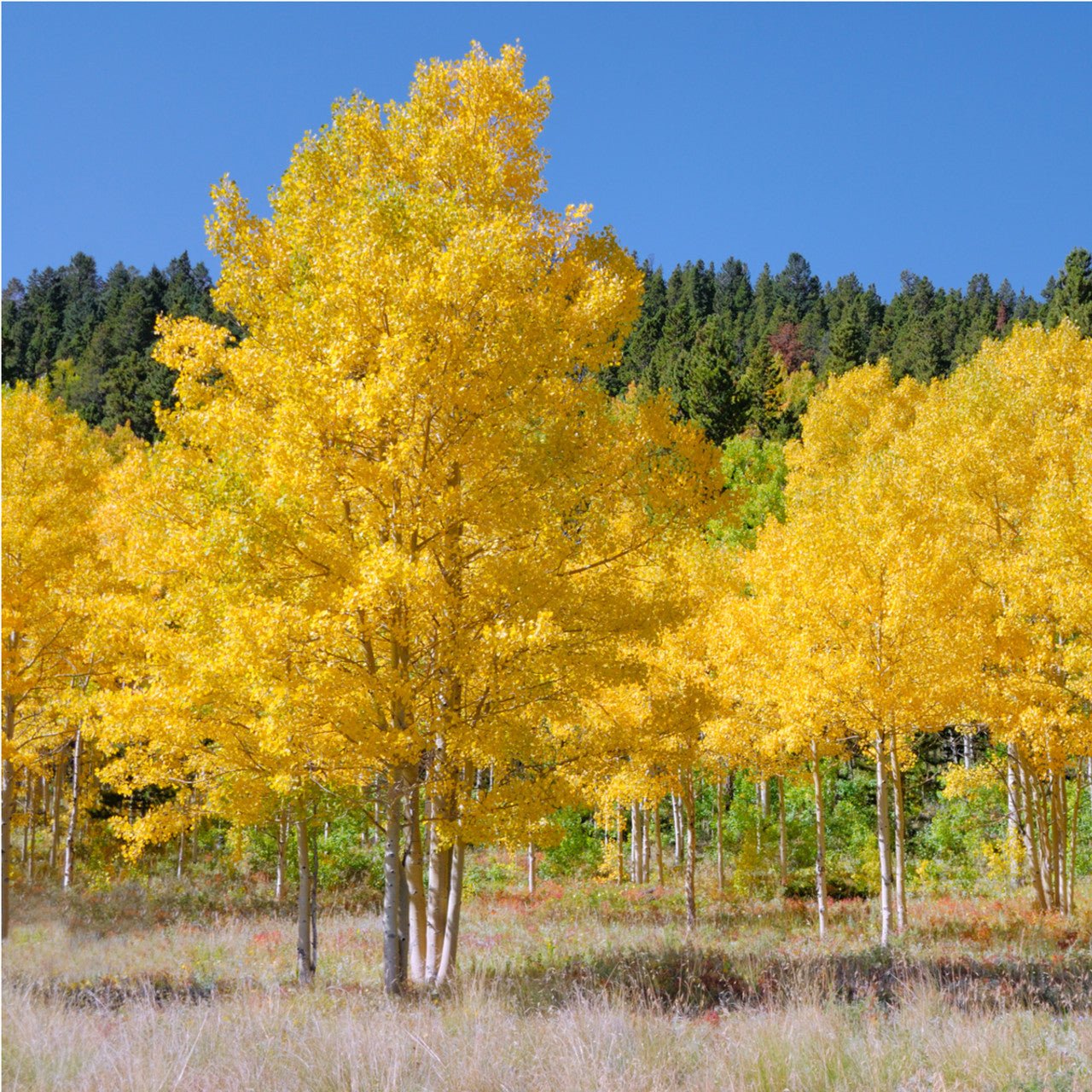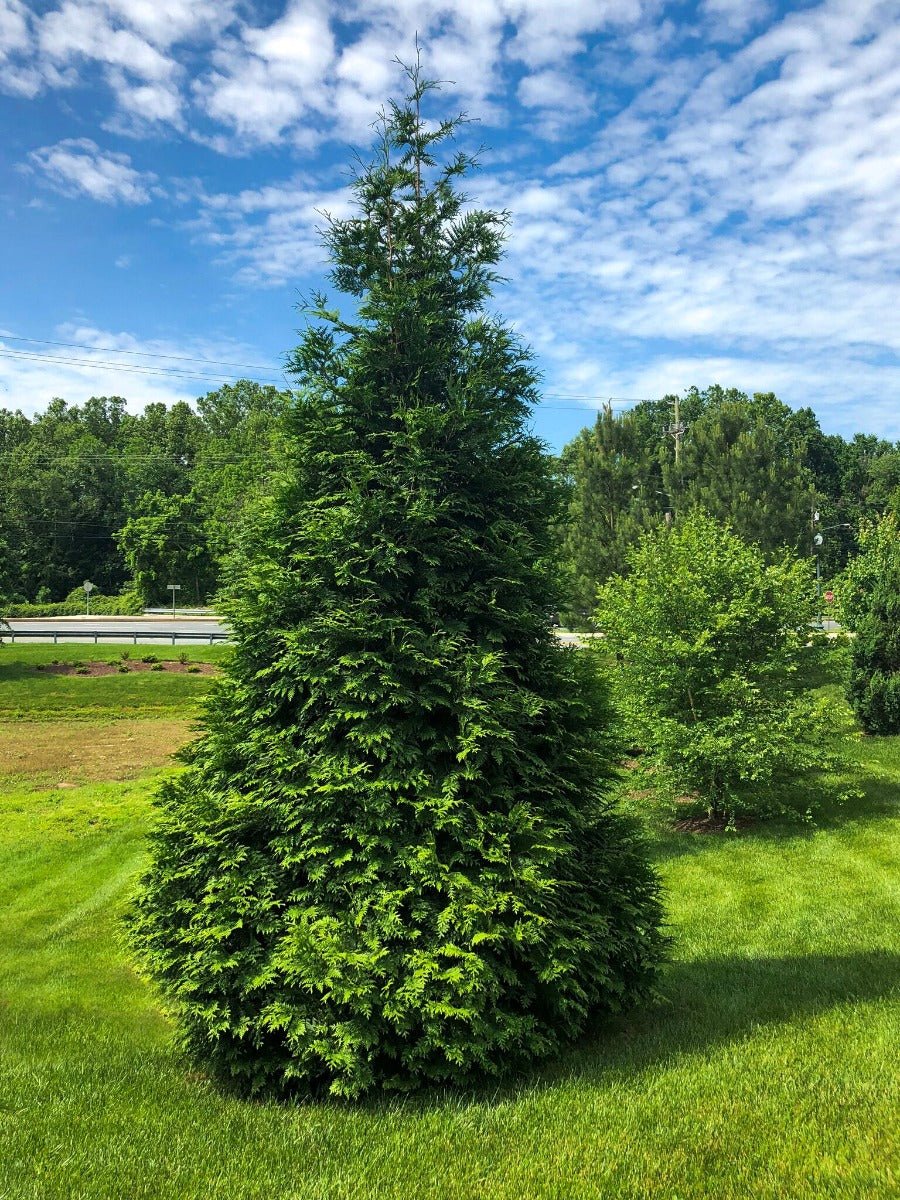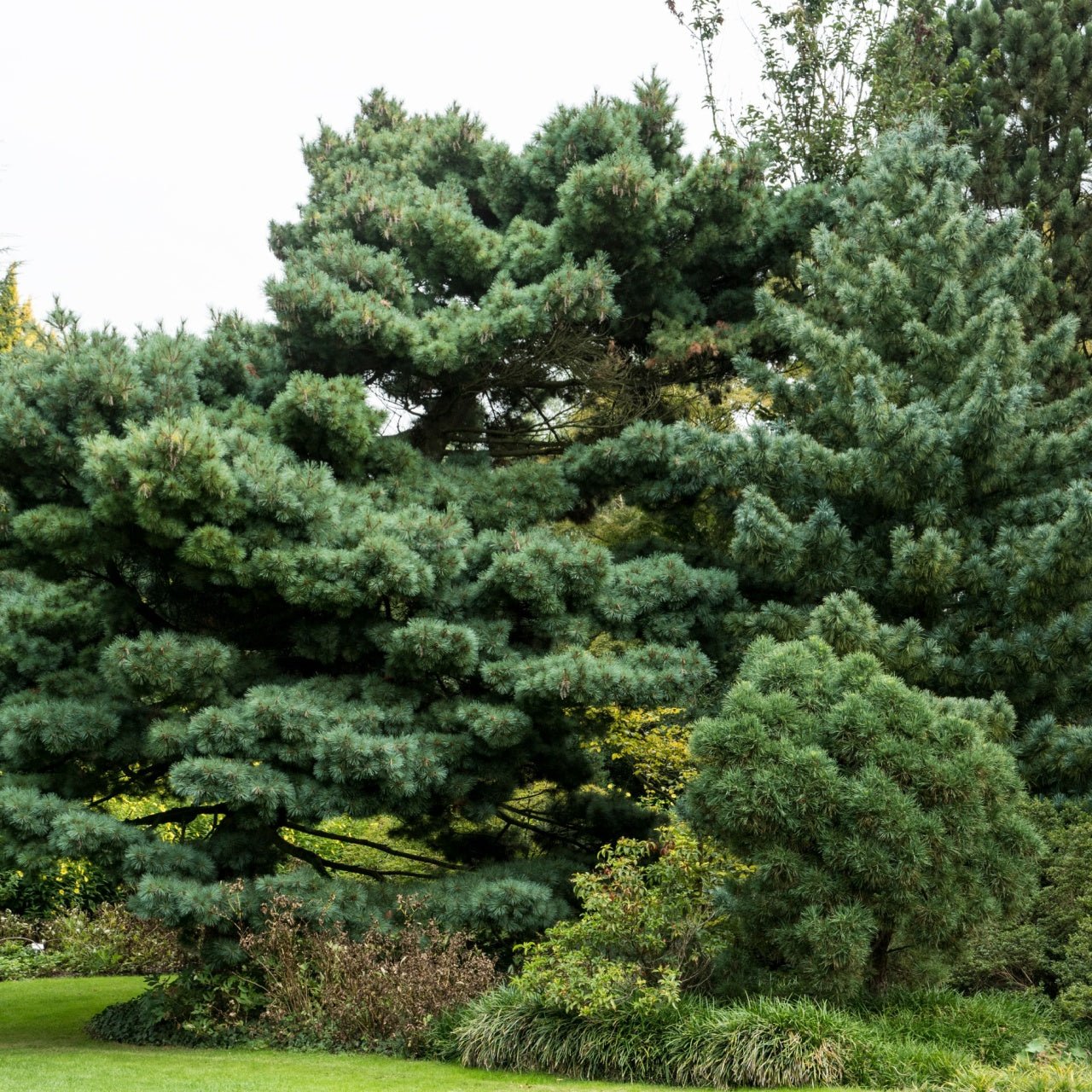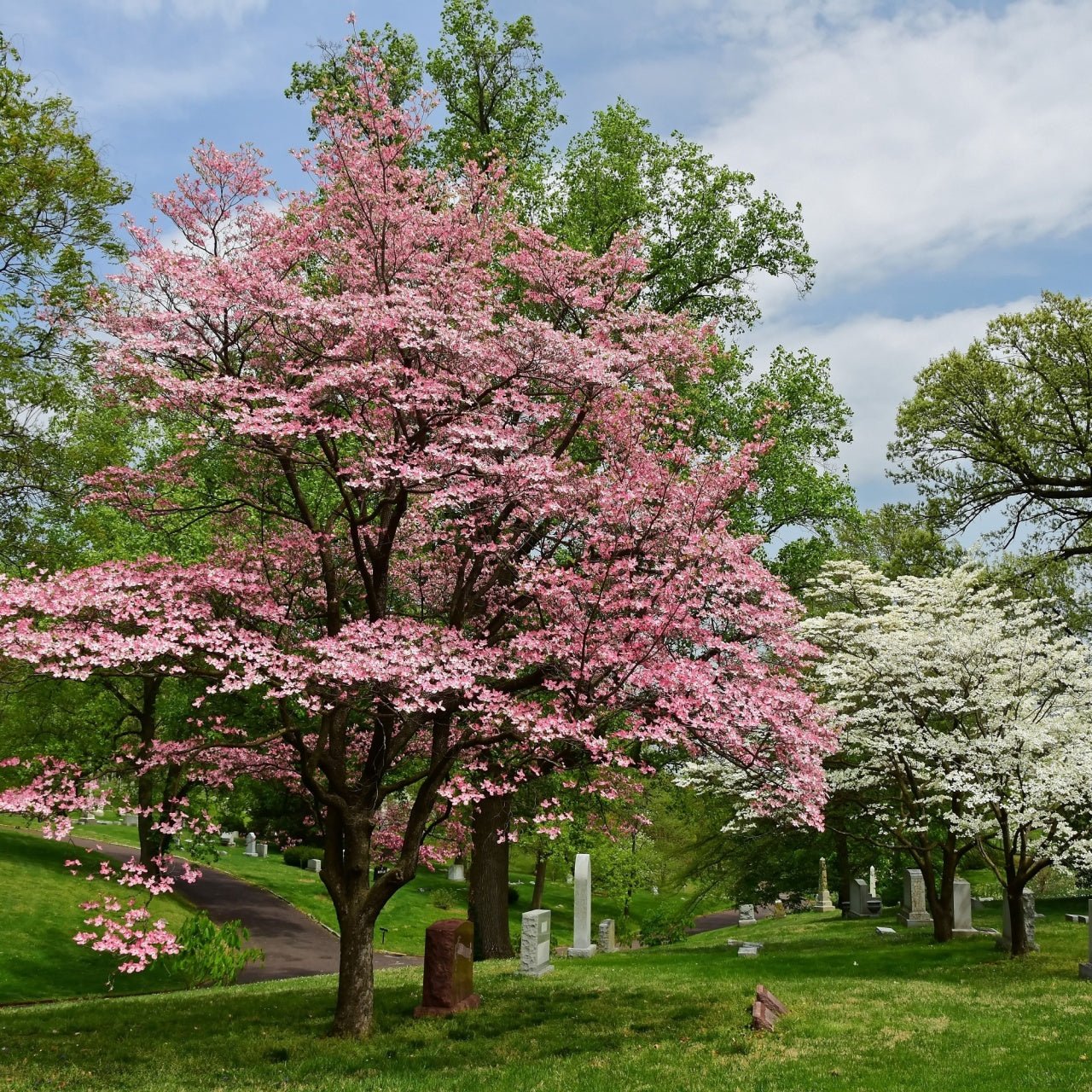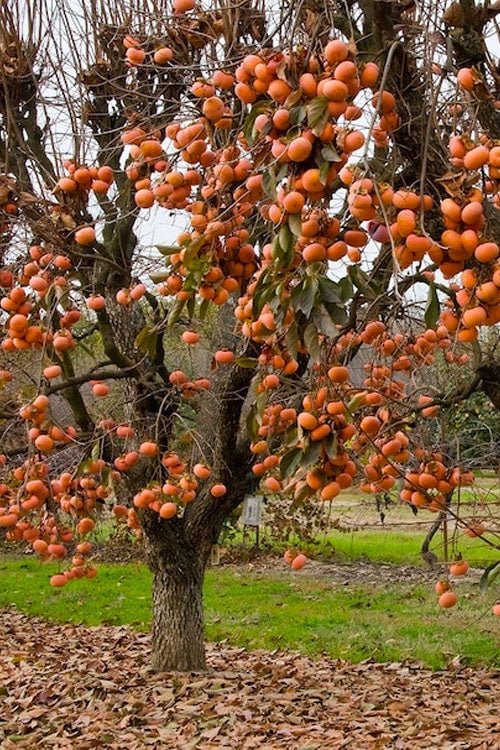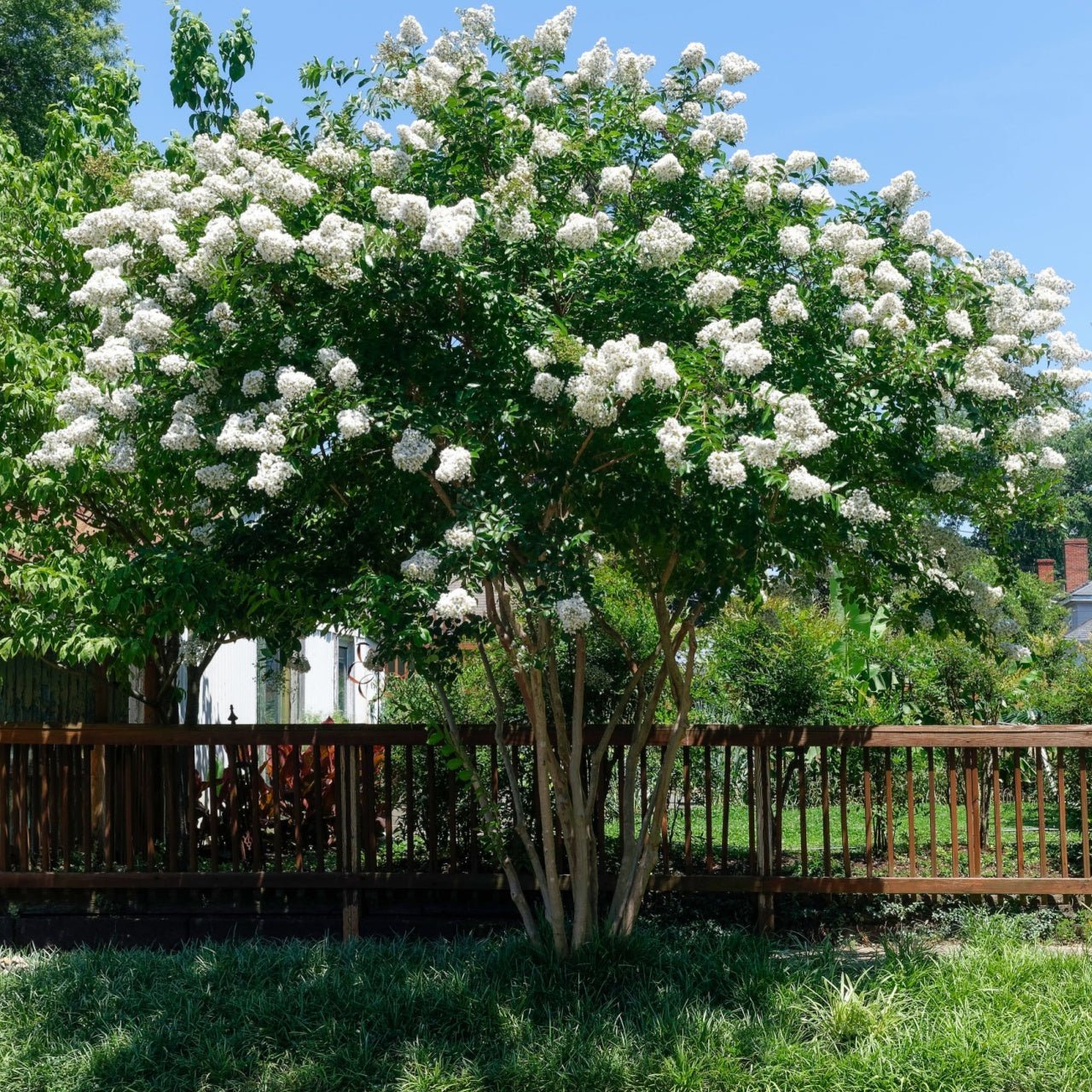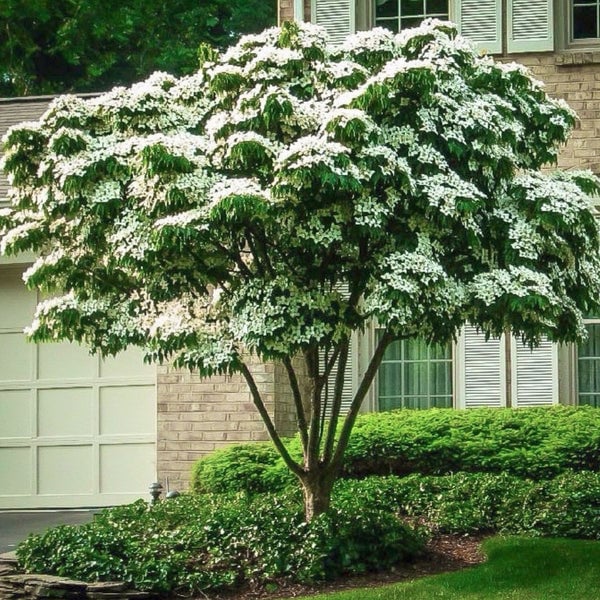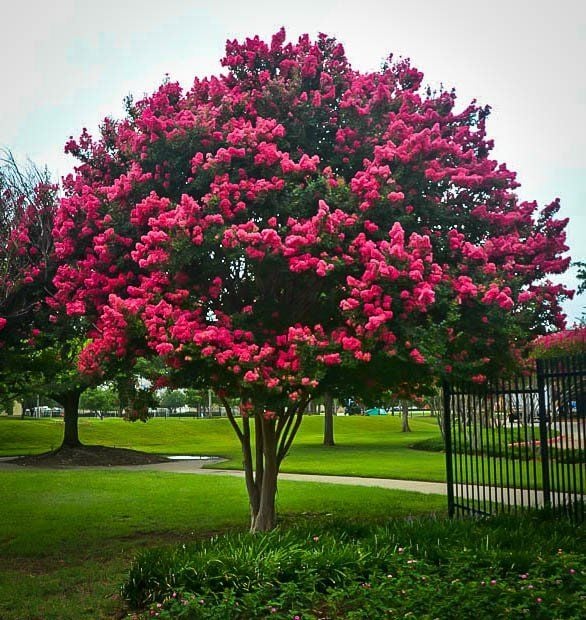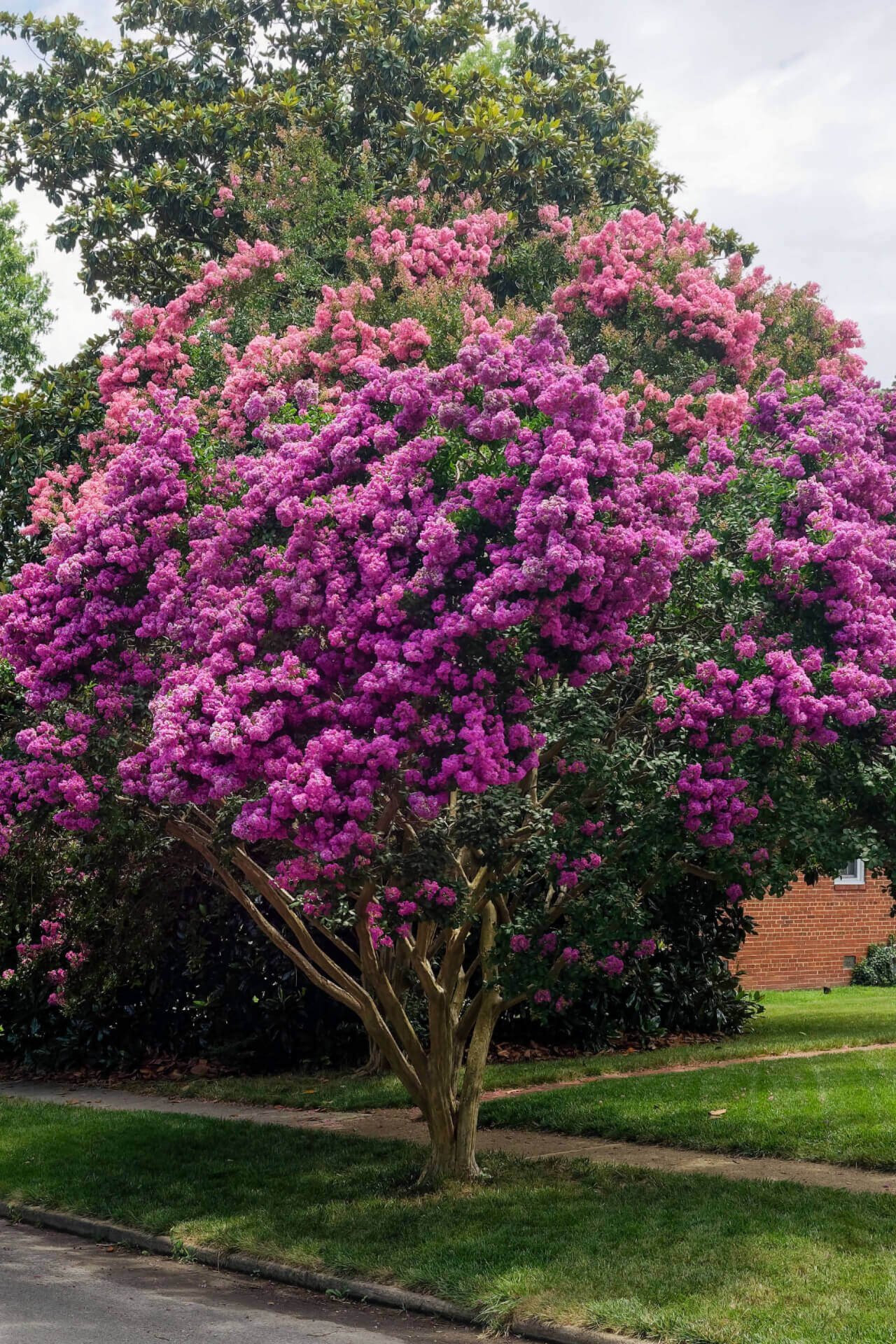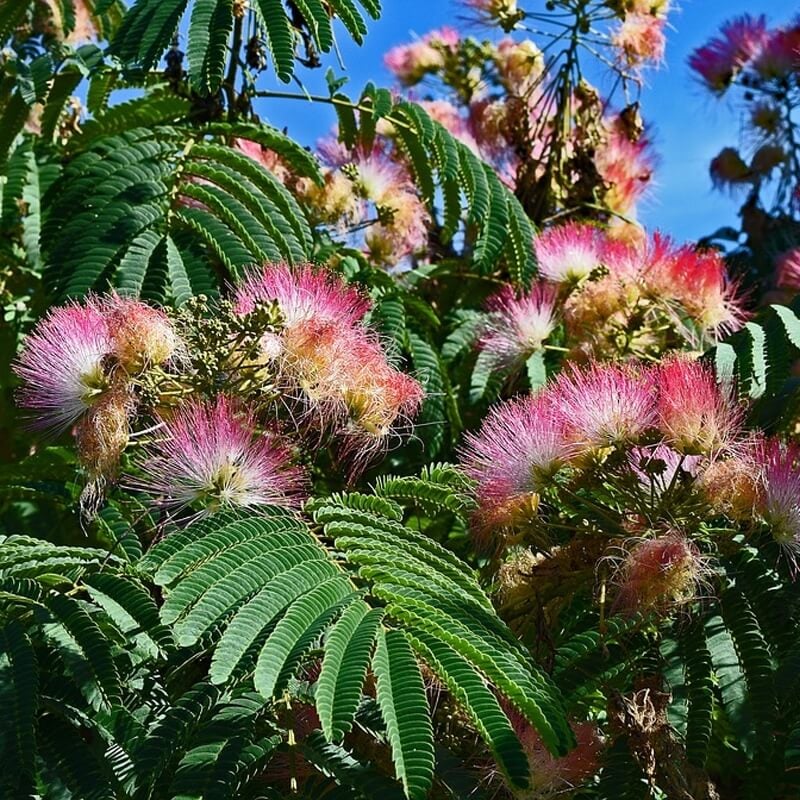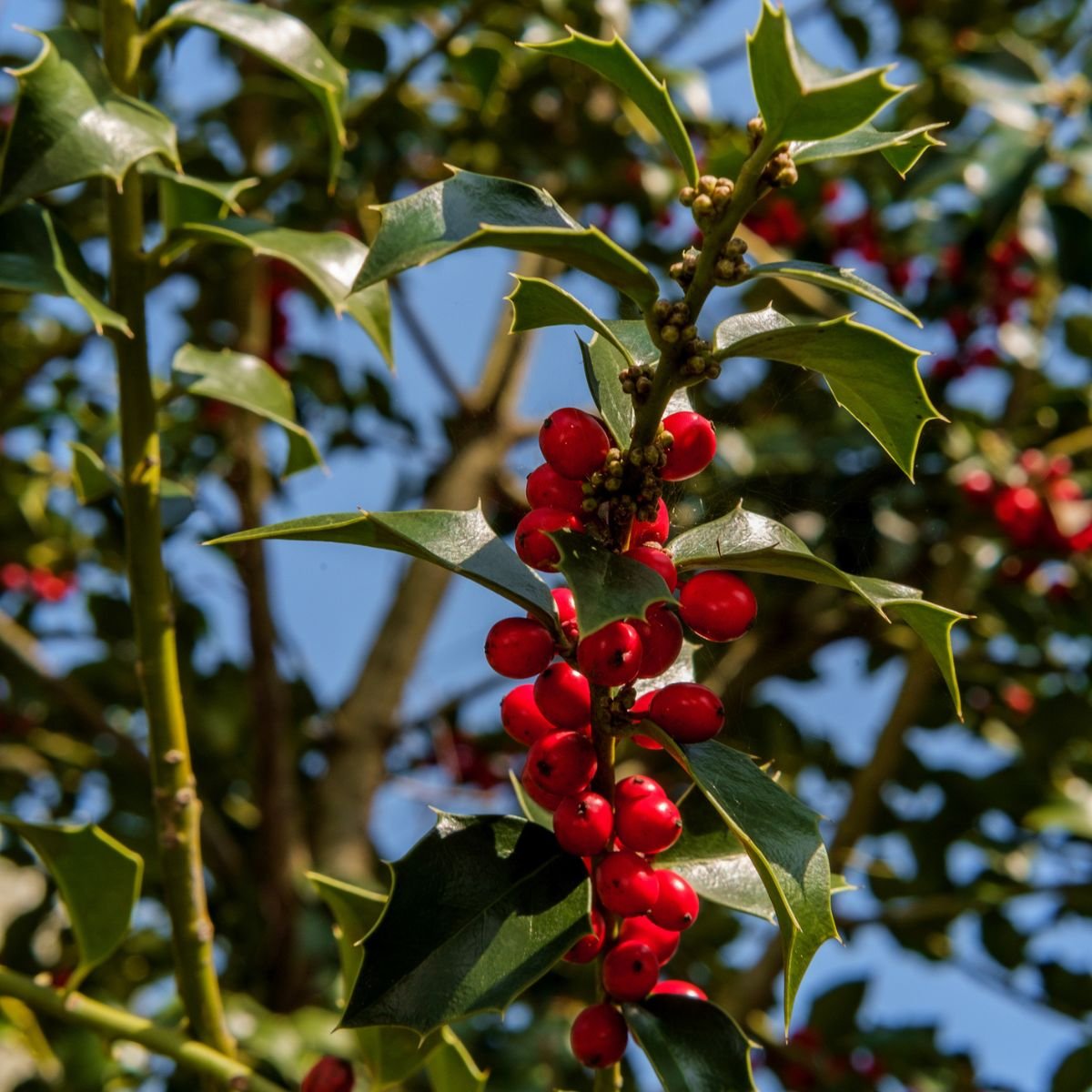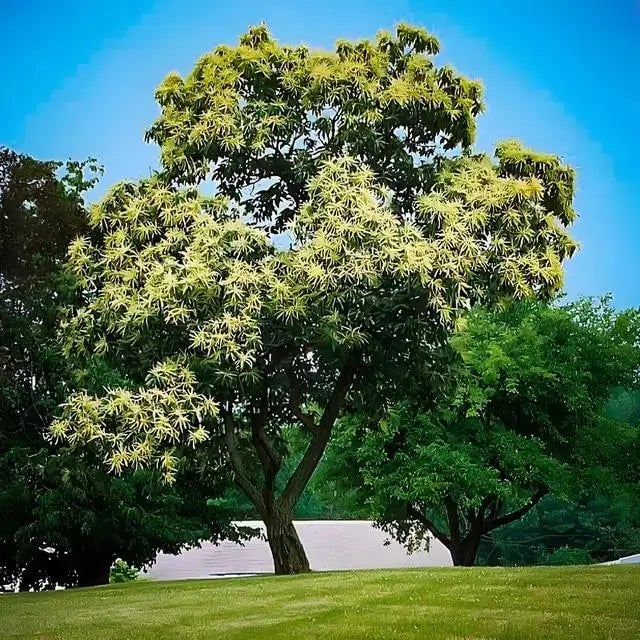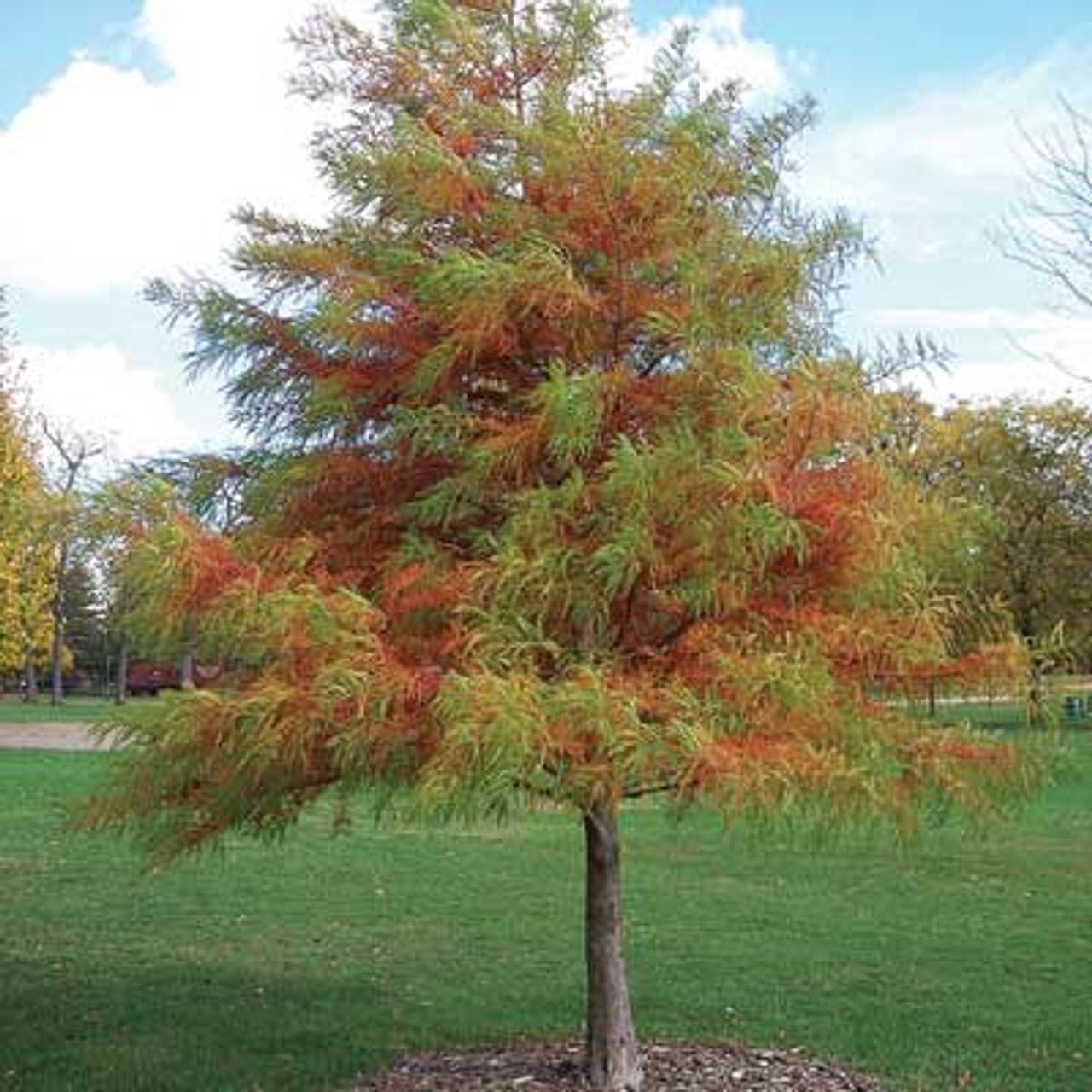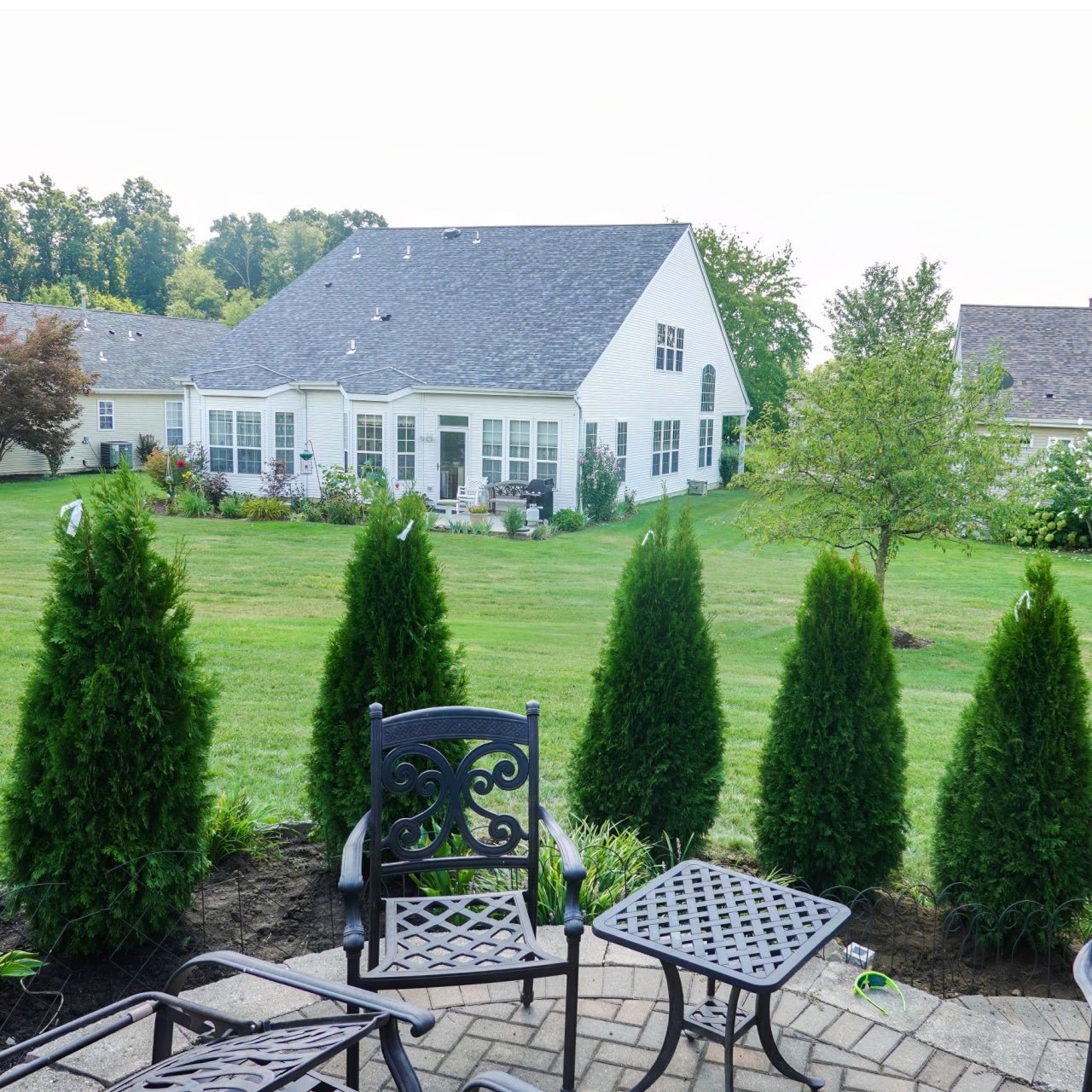Filters
Filters
Trees for Sale – Strong Roots, Lasting Beauty
There’s something deeply satisfying about planting a tree. It’s more than adding greenery—it’s an investment in shade, wildlife, and future memories. Whether you're planning to frame a driveway, offer privacy, cool your home, or create seasonal interest, we have these types of trees for sale to suit every space and purpose.
Browse Our Trees for Sale: From Fast-Growing to Classic Favorites
TN Nursery offers a wide selection of bare-root varieties grown with care and shipped directly from our Tennessee Nursery to your doorstep. Our trees range from fast-growing species perfect for quick coverage to slow-growing hardwoods that stand the test of time. Each one arrives healthy and ready to root into your soil.
Popular Choices Include:
- Shade – Ideal for cooling patios and rooftops naturally.
- Flowering – Add seasonal color and curb appeal.
- Evergreen – Year-round structure, privacy, and wind protection.
- Fruiting – Delicious harvests and beautiful spring blooms.
Why Buy Trees Online from TN Nursery?
We’ve spent decades growing native, hardy trees that thrive in various climates. You get more than a plant experience, service, and trusted quality when you shop with us. Whether landscaping a new build or adding the final touch to your backyard, our trees are selected to grow strong and beautiful in your soil and zone.
From the first dig to the last autumn leaf, our collection of trees for sale brings beauty and purpose to your landscape. Explore our best sellers and customer favorites—and plant something that lasts.
Easy to Grow
Planting Trees For Success
Start by soaking bare root tree roots in a bucket of water for a few hours—this helps wake them up. Dig a hole wide enough so the roots stretch out, not cramped or bent.
Build a small mound of soil in the center and rest the base of the tree on top, letting the roots drape evenly around it.
cover back up with soil, pressing it down gently with your hands to hold everything in place.
Root Placement of Trees
The top of the roots should sit level with the ground—not buried too deep.
Give it a slow, deep watering, then spread mulch around the tree, keeping it off the trunk. Keep the soil moist while the tree settles in.
Tips For Success
Tree Care After Planting
After planting a tree, water it deeply right away to help settle the soil around the roots. Keep the soil evenly moist—especially during the first year—so the roots can establish properly.
Tree Care and Irrigation
Do not over water and let the top few inches of soil dry slightly between soakings. Add a ring of mulch around the base to hold moisture in and keep the temperature regulated, but keep it pulled back from the trunk to prevent rot.
Skip fertilizer the first season—focus on strong root growth instead. If needed, stake the tree loosely to support it, but remove the stake after the first year.
Watch for pests or disease, and remove any broken or crossing branches early on. A healthy start leads to a strong, long-lasting tree











